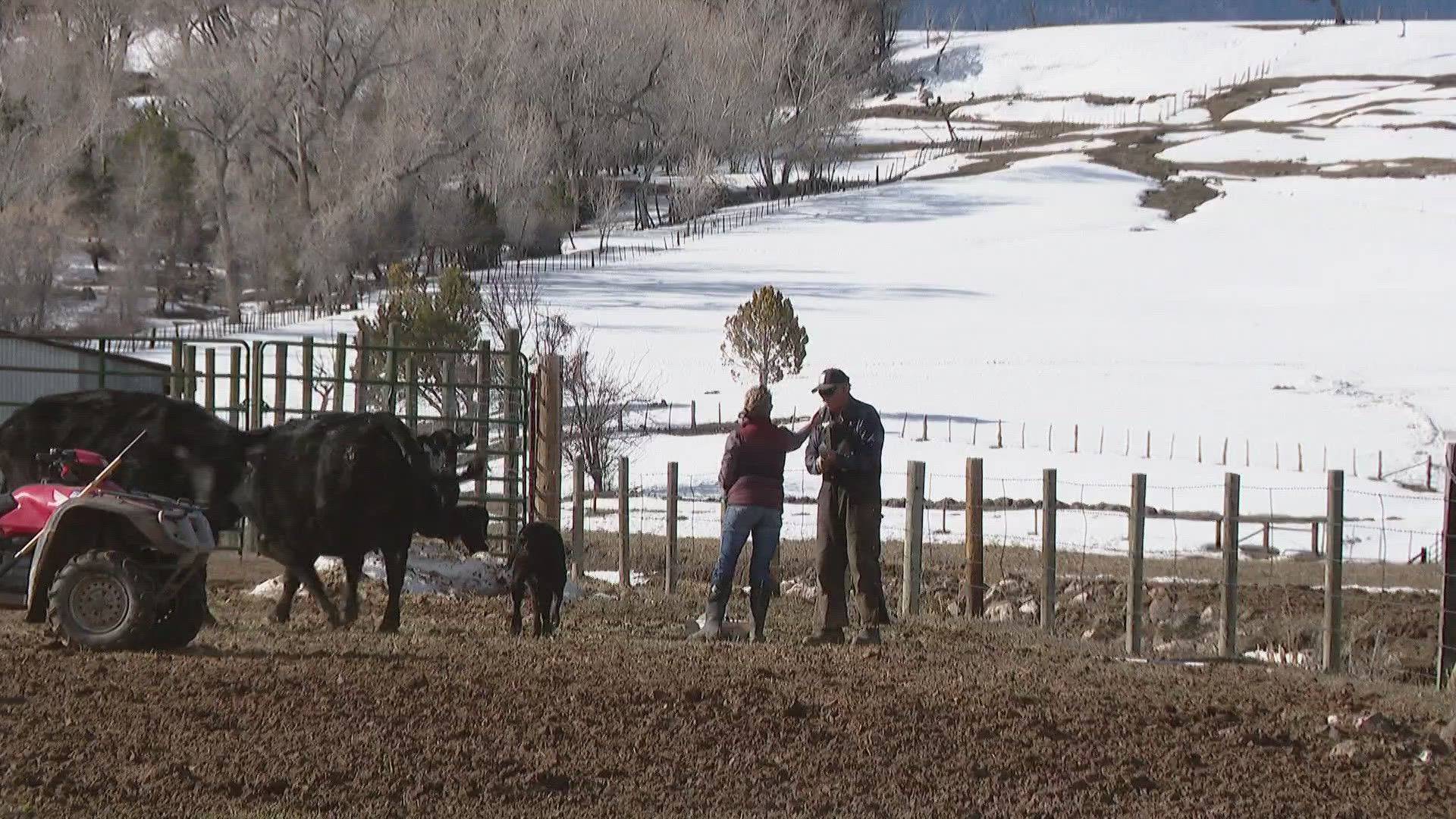COLLBRAN, Colo. — Life on a Colorado ranch is full of moments of peace that are often interrupted by mountains of worry.
“We care about them every day,” said Rachel Schowalter, as she drove around to check cattle at Rocking U7 Ranch near Collbran. “We’re not just some corporate company doing it for a buck.”
Schowalter started helping on her uncle Delbert Sherrod’s ranch in 2009. The work inspired her to build her own herd. Too. It was something she had dreamed about since she was a kid.
“You get to see what you produce,” she said. “You get to see the calves from when they were born. You get to raise them up and know that you’re providing food for your family and your community.”
Ranching is not easy, but the hard work is worth it, Schowalter said, as 30 mph winds blew hay away from the cows her uncle had just fed.
“Whether there are curveballs coming from the state or from Mother Nature, it doesn’t matter,” Schowalter said. “Ranchers are out here, doing the best that they can — not just for their family, but for the animals and for the land.”

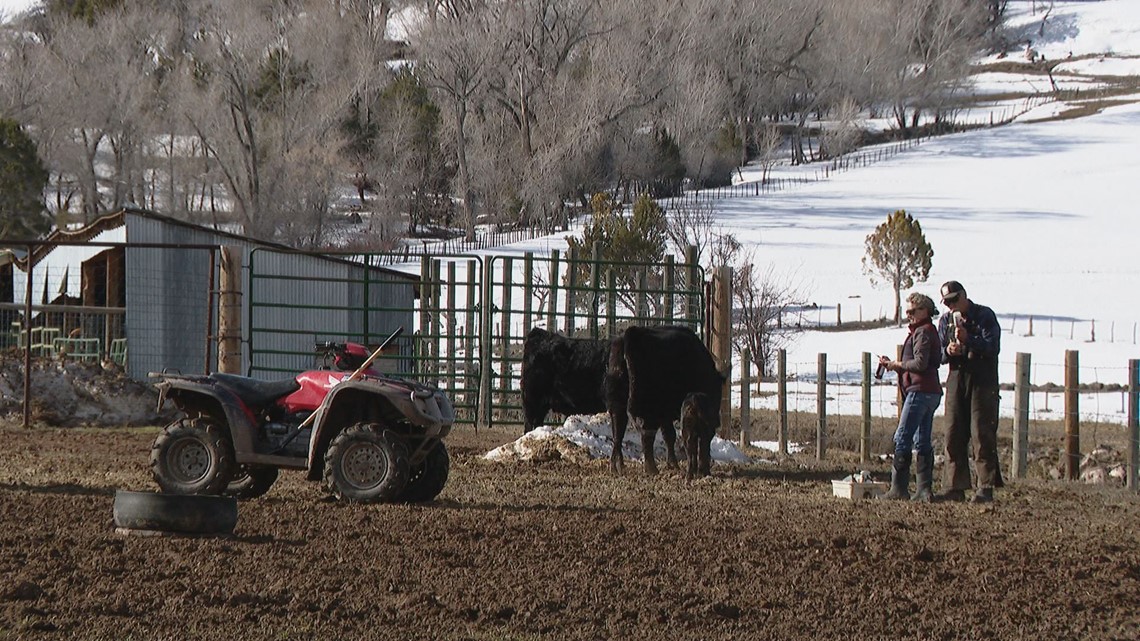
Proposition 114
A new stress started right after the 2020 election. Proposition 114 was on the ballot — a proposal to reintroduce gray wolves to Colorado by the end of 2023.
The ballot measure passed by less than 2%, voted through by 13 of Colorado’s 64 counties. Most of the votes came from the Front Range – hundreds of miles east of where the wolves would be introduced.
“I’m not against wildlife moving in naturally,” Schowalter said. “I’m against voters getting to pick and choose how they are managed. I’m against ballot box biology. I’m against voters in a state getting to choose what wildlife live here and how they live here and where they live.”
Schowalter said she worries that wolves will harm or kill the cattle she cares for. The federal government lists gray wolves as an endangered species. If that designation remains, ranchers like Schowalter would not be allowed to use lethal means to protect cattle or working dogs from a problem wolf.
“You’re not allowed to do that at all,” she said. “If they’re killing your dog in front of you, you’re not allowed to do anything.”
The U.S. Fish and Wildlife Service said it plans to issue a 10(j) rule in December. This would classify Colorado’s wolves as experimental instead of endangered, which would give the state flexibility to create management plans that could include how and when a person could kill a wolf.
“I am worried about not having the tool if something is causing a risk to myself, my family, our herd,” Schowalter said. “I like to think most people are well-intentioned and didn’t [vote for Proposition 114] purposely because they disliked us. I think they just didn’t know.”
Long time coming
Historically, the last known wolf in Colorado was killed in the 1940s. Since then, a few have traveled from Wyoming to Northern Colorado, but a sustainable population has not been reached.
Biologist Gary Skiba of Durango said it is about time wolves returned to the state.
“From a very basic standpoint, they belong here because they were here for tens of thousands of years and they were an integral part of the ecosystem,” Skiba said. “Just the effects they have on the ecosystems – they help hold them together.
“We have chronic wasting disease in our deer and elk populations, and we know that predators really do take the weak and the sick,” he said.
For 25 years, Skiba worked for the Colorado Division of Wildlife – now Colorado Parks and Wildlife, the agency that will be responsible for the management of Colorado wolves. He currently works for the San Juan Citizens Alliance as the wildlife program manager, focusing on wolf reintroduction.
“I expected it to be controversial,” Skiba said. “I knew people had the exact opposite viewpoint and there are people that have no use for wolves whatsoever.”

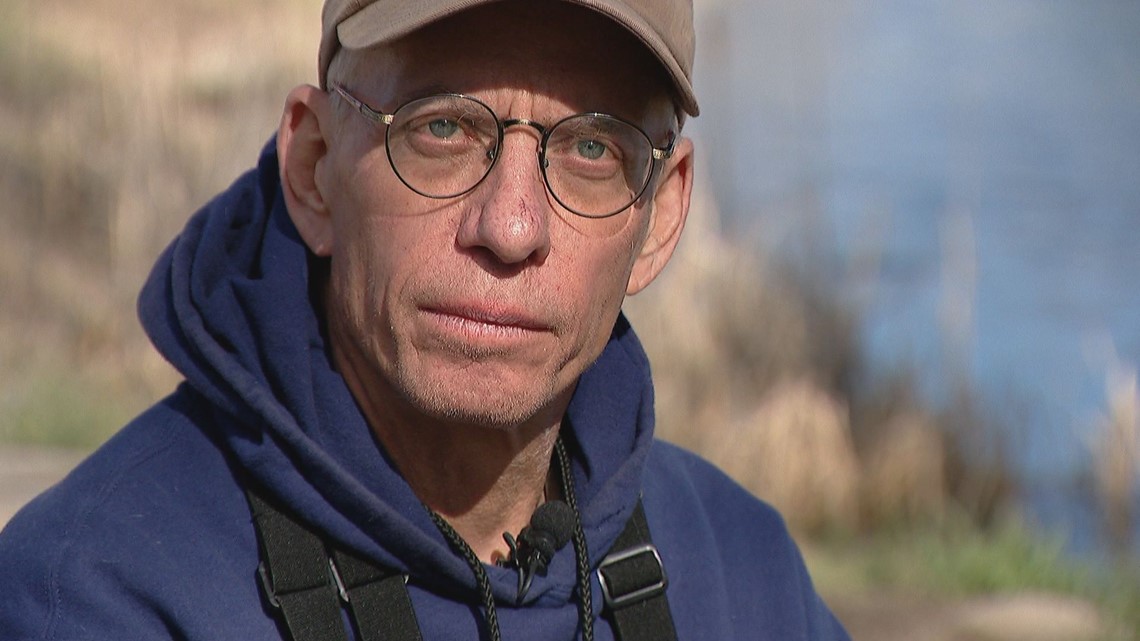
He said he would have preferred that CPW reintroduce wolves on their own, without a vote. But when the agency rejected a proposal in 2016 to reintroduce wolves, wolf advocates got enough signatures to put Proposition 114 on the 2020 ballot.
“It wasn’t as if the ballot initiative was the preferred method,” Skiba said. “The preferred method would’ve been for the agency to say, ‘Yeah, we should have wolves back.’”
When Proposition 114 passed 50.91% to 49.09%, Skiba said that tensions were high because of the narrow margin. But he was still happy with the results.
“It passed. That’s the way democracy works,” Skiba said. “You may not like the results, but it is the result, and it is the way it should be.”
Skiba said although there might be many disagreements between the pro-wolf and anti-wolf schools of belief, he agreed with Schowalter that ranchers should have the ability to protect their livestock, if needed, through lethal means.
“It’s not like we’re trying to say, ‘We’re bringing wolves back and screw you,’” Skiba said. “We’re trying to make it happen in a way that people can live with wolves and wolves can live with people.”
In early May, the Colorado state legislature passed a bill that would have stopped wolves from being reintroduced until the federal government put the 10(j) rule in place. Sixty-nine of 100 legislators voted for the bill. Gov. Jared Polis vetoed the bi-partisan bill on Tuesday.
Bridging the divide
The urban-rural divide is real. Archuleta County CSU Extension Director Robin Young said she can’t deny it. She has spent the past three years talking to people about wolves.
“It’s a very highly emotionally charged issue, and people are very passionate about all sides of this,” Young said.
CSU saw an argument brewing in 2019, before the vote. Since then, the university has led discussions and events that bring people who have differing beliefs together.
“To reduce the hostility between people, and to have people from all sides understand the needs from all sides,” Young said. “People are passionate about this issue — and if it means that we can at least have conversations about it, then it means we have lowered the temperature just enough so that people will hear the other person.”

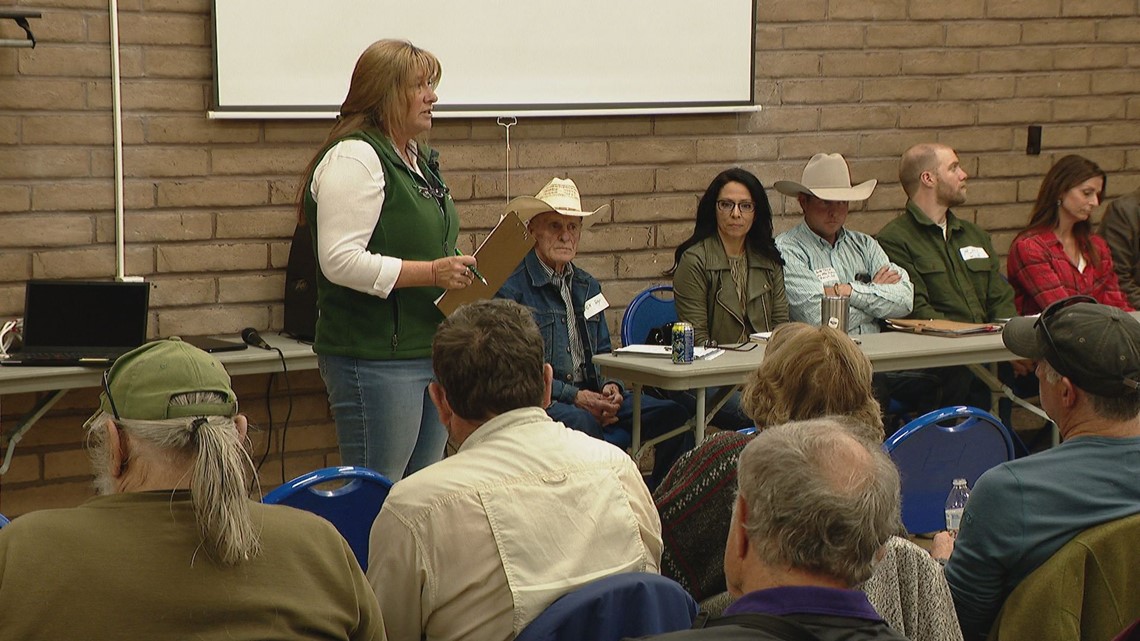
In addition to bringing people together, CSU started a Wolf Conflict Reduction Fund. Community members donate money to help ranchers get what non-lethal management tools they might need once wolves are reintroduced. The goal for the fund is to have at least $20,000 in donations a year to help ranchers who apply.
So far, wolf advocates have donated the most to this fund.
“We’re hoping that that will take off and that we get a lot of donations to this fund,” Young said. “We have to find other ways in order to support the conflict reduction.
“If we can have the wolves succeed, then people succeed, and that way they’re not going to be so destructive against each other,” Young said.
Back on the ranch, Schowalter said she will continue to build her herd. She loves the lifestyle. The wild animals that visit the ranchland. The cattle she cares for every day. She even loves the 30 mph winds that whip across her uncle’s land.
“The people care,” Schowalter said. “Ranchers are here doing the best they can.”

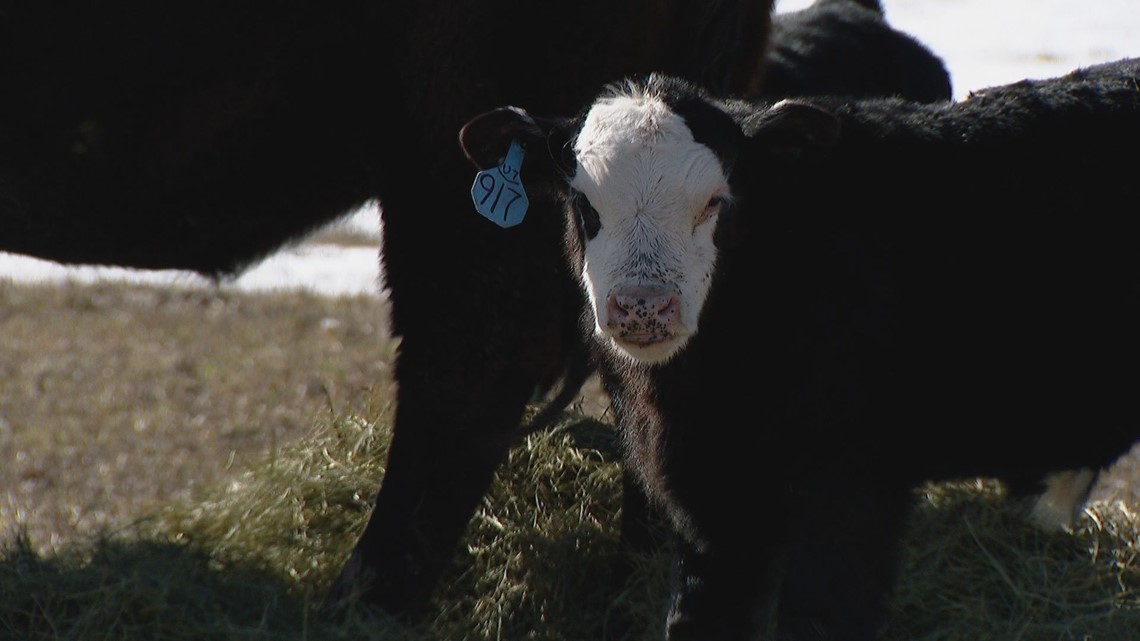
> Do you have a news tip on this story or any other story? We want to hear from you! Tell us about it by emailing newstips@9news.com.
SUGGESTED VIDEOS: Animals and Wildlife

